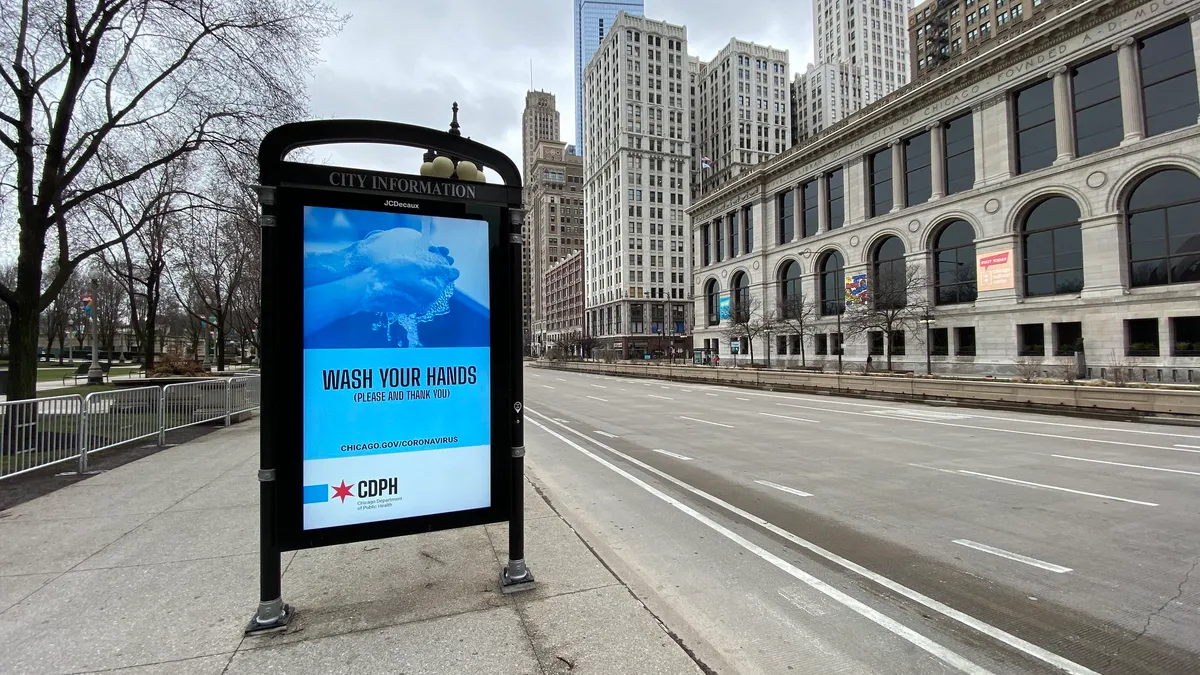The coronavirus pandemic is causing construction companies to cut back on their employees, something that seemed unthinkable a few months ago.
Just weeks into government shutdowns and shelter-in-place restrictions, a growing number of contractors have turned to layoffs and furloughs. As of April 3, 27% of construction firms responding to an online survey conducted by the Associated General Contractors of America reported they had furloughed or terminated workers as a result of the coronavirus pandemic. That number was at 40% by April 10.
The economic woes are tied to a slowdown in work, respondents said, and 30% of firms said they had been asked by government officials to shut down construction sites. In addition, 53% of respondents said their projects have been delayed by owners and another 7% said owners had canceled their projects.
The survey found that contractors are facing a range of issues related to COVID-19, including materials shortages, PPE shortages, potential infected workers, lack of government action and a shortage of craftworkers.
According to Associated Builders and Contractors analysis released last week of U.S. Bureau of Labor Statistics data, all three nonresidential construction segments registered job losses in March. They are:
- building (-10,700)
- heavy and civil engineering (-10,200)
- specialty trades (-3,700)
Large-scale job losses
The dismal national employment numbers of the past few weeks signal the end of the lengthiest expansion in American history, ending a 113-month streak of employment gains, according to ABC chief economist Anirban Basu. More than 6.6 million Americans filed for unemployment in the last few weeks, according to the Bureau of Labor Statistics.
But Basu said that while the March jobs report is “horrific,” employment reports in upcoming months are likely to be even worse. It’s unclear how much of the construction employment declines are due to mandated suspension of projects in states like New York and California, he said, and how much of it is due to the emergence of recessionary forces.
“Generally, nonresidential construction is one of the last segments of the economy to enter recession as contractors continue to work down their collective backlog,” which stood at nearly nine months in ABC’s Construction Backlog Indicator, he said.
“The need for social distancing renders that statistic less pertinent, meaning that nonresidential construction is susceptible to large-scale job losses immediately,” he noted.
While the recently passed economic stimulus package helps support the U.S. economy, Basu added, recovery won’t occur until the coronavirus health crisis is over. He predicted the impending downturn will be vicious, but may have a silver lining: “It could finally induce policymakers to fashion and implement a long-awaited infrastructure stimulus package.”














